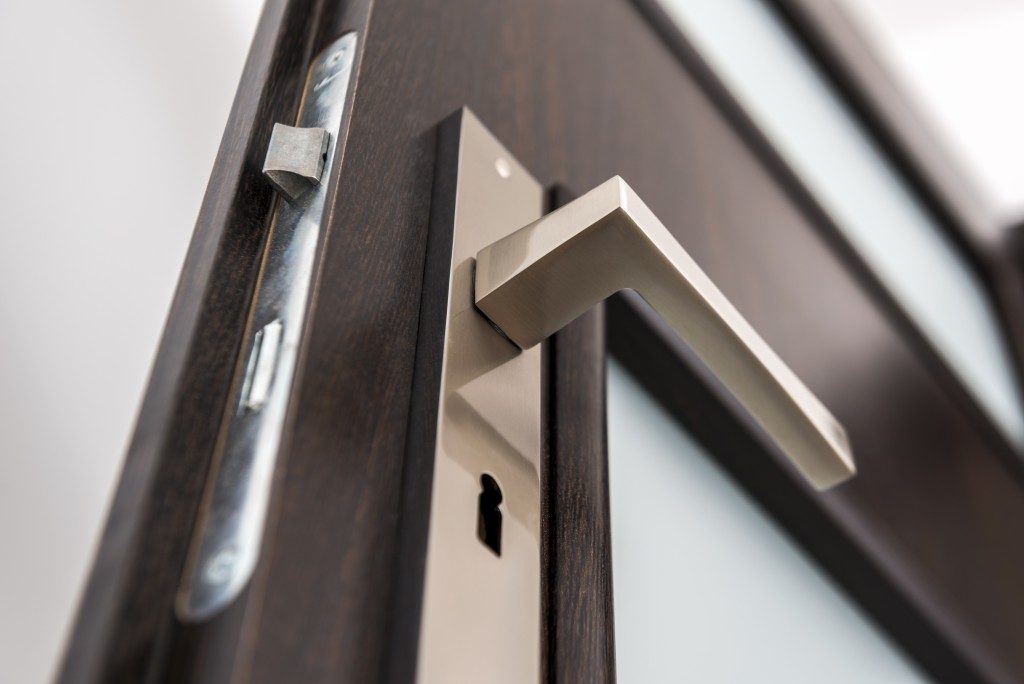When building, it is essential that you get the right elements to finish and accessorise your work. This way, the installations will complement other features in efficiency and for an overall polished look. Once you have settled on your type of door, an important element to pay extra attention to is the closer.
Below are significant factors to consider when picking one.
Building Requirements
National and local building standards may differ depending on the location of your building. It is essential to check out the recommended considerations when choosing a closer.Commercial door manufacturers have specifications for fire rated doors. In this case, the closer should match the set ratings. Closers must also meet the set level of performance.
Grading
Closers are manufactured in grades based on closing force and efficiency. Other considerations include the swing speed and force required to operate doors. Grade one is appropriate for commercial use and doors subject to high level of abuse. Light residential doors work well with grade two closers while grade three closers are suitable for residential doors.
Traffic Volume
Doors act as gateways to different places. Door closers offer various benefits for specific features. It is, therefore, essential to understand the various door types to match them with the right closers. For areas with high traffic, overhead or floor spring closers work best. They are more durable an easily handle doors meant for heavy traffic. The fact that these closers are not visible makes them an attractive option too. For interior doors with medium traffic, frame-mounted closers are typically used.
Closer Size
Different closers are appropriate for different doors, depending on the weight and size of the door. The closers come with a selection chart to enable you to choose the right one. Where the specifications are not clear, opt for an adjustable closer to allow modifications during installation.

Before you consider other features when choosing a door closer, first determine what the building and traffic volume requirements are. Once you get this right, consider efficiency depending on door use. Lastly, evaluate the aesthetic appeal of the closer. Putting these elements into consideration minimises the likelihood of problems in the future. This way you will not need to change the closer a little too soon.
Aesthetics
Your closer should match the rest of the finishing. Choose whatever complements your hardware. The finishing could be standard such as stainless steel or chrome. For a traditional finish, opt for bronze of brass. Another important feature is a back check. This is also essential for doors that are likely to into walls or furniture. A back check limits your door’s swinging thus acting as a doorstop to prevent damage to the surrounding fittings.
Mounting
Closers can be mounted on the surface or concealed. Those on the surface are mounted on the door and the frame is making them highly visible. These are easy to install and more economical. On the other hand, concealed closers are installed within the door or the floor to give a more appealing look. They are more expensive and require expertise to install.

